SteelSeries Updates The Arctis Headphone Lineup And Offers Standalone GameDAC
by Brett Howse on August 28, 2018 9:00 AM EST- Posted in
- Accessories
- SteelSeries
- Arctis
- GameDAC
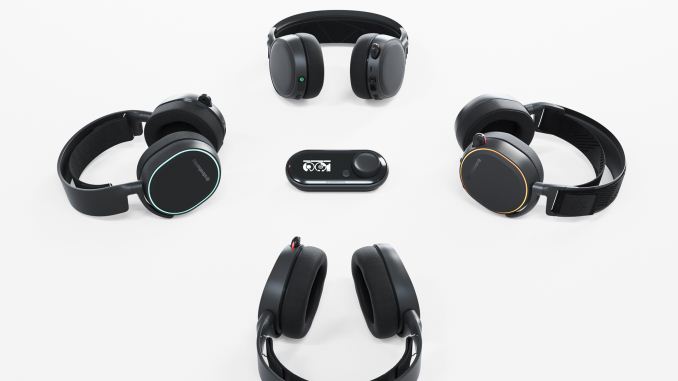
Today SteelSeries is announcing a couple of updates to their headset lineup. The Actis lineup is getting a bit of a facelift, and the SteelSeries GameDAC, which previously was only available as a combo with the Arctis Pro, is going to be offered as a standalone unit to be used with any PC headset.
The Arctis 3, 5, and 7 series of headsets are all getting some cosmetic changes to bring added comfort to the headsets, with thicker memory foam around the ears, and the headband on the Arctis 7 has been redesigned to be closer to the headband found in the Arctis Pro for a better fit for a wider range of people.
In addition to the aesthetic changes, the Arctis 5 and 7 models will offer extended bass response, as well as an upgrade to DTX Headphone:X v2.0. If you’re an owner of the existing lineup, fret not; the original Arctis 5 and Arctis 7 headsets will be getting this upgrade as well through the SteelSeries Engine.
Finally, the GameDAC is going to be offered as a standalone product, rather than only bundled with the Artcis Pro + GameDAC kit. We had a change to check out the GameDAC earlier this year, and it offers a lot of features to the PC audio space, including 24-bit / 96 Khz audio support. This USB powered DAC offers an easy to operate LED display, and features the ESS Sabre 9018 DAC. It’s connected to the PC over USB, and offers additional inputs for 3.5 mm and optical SPDIF as well. It also supports DTS Headphone:X v2.0.
The GameDAC also appears as multiple audio outputs on the PC, so you can send one application to one of them and another to the second, and then you can mix the levels using the GameDAC rotary knob.
It offers a great amplifier, as well as incredibly low noise, and offering it standalone to work with any 3.5mm headset is a smart idea for SteelSeries.
The updated Arctis 3, 5, and 7 are available now for $69.99, $99.99, and $149.99.
The standalone GameDAC is now globally available for $129.99.
Source: SteelSeries


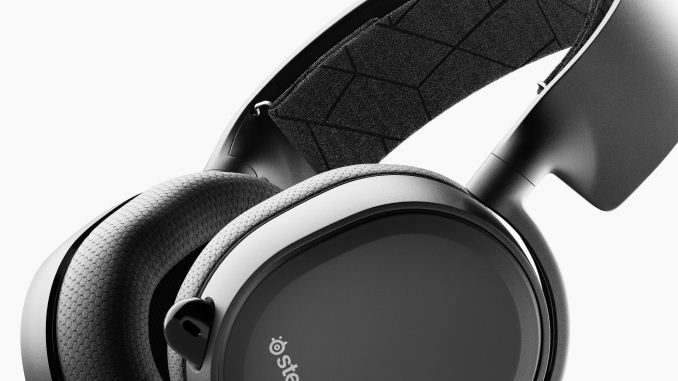

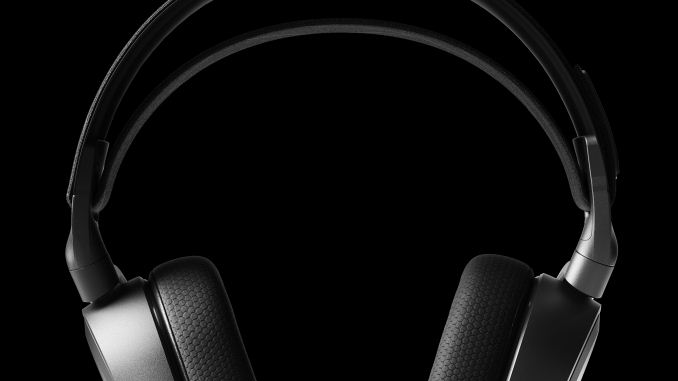
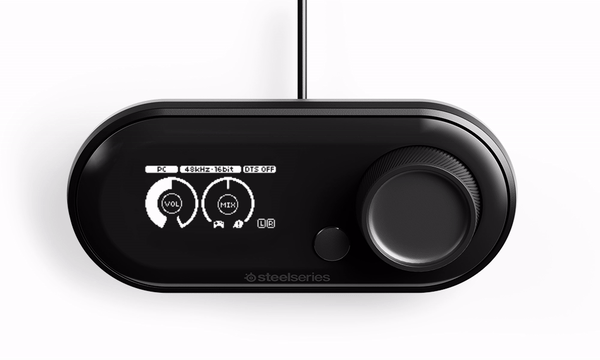
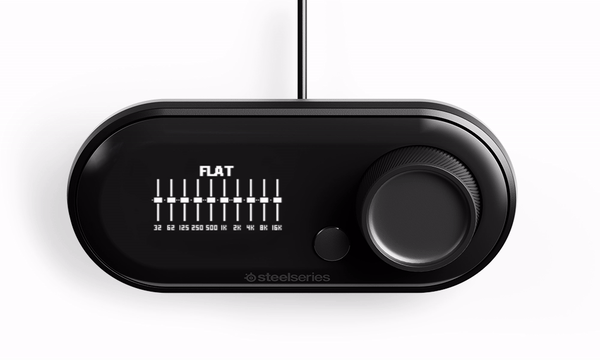








23 Comments
View All Comments
Dragonstongue - Tuesday, August 28, 2018 - link
24/192 is IMO what they should have targeted instead of 24/96...while still "ok" the extra uplift/capability difference between 96 and 192 (with proper source) is a huge difference.also they should have supplied more info on how much "power" this DAC has I imagine because it is powered by USB alone it will not have a bunch of extra power to drive higher impedance headphones, also, just to point it out, while it seems "neat" and might offer a few things others do not, that is a hell of an asking price IMO when one is able to get stand alone DC/Amplifier for a fraction of the price.
because it is steel series likely they require their drivers (which are at best "passable" if they are not wanting to update themselves all the damn time lol...yes I had experience with steel series stuff)
Boxie - Tuesday, August 28, 2018 - link
Apart from chasing specs - what is the benefit you see in 96khz? The ability to play some ultrasonic frequencies that could potentially degrade your listening experience (if your headphones don't like it etc etc)?48khz is way more than enough frequencies (thanks to Nyquist - 24khz) for you to listen to, and (at least for me) about ~6khz of that I can't really hear anyway.
USB3 can supply ~ 0.9amp - which should be more than enough to make those higher frequencies irrelevant to you quickly enough :P
liteon163 - Tuesday, August 28, 2018 - link
24/96 doesn't need a driver on Windows, as the stock UAC2 driver covers it.I too prefer hardware that supports at least 24/192. While the extreme higher frequencies may largely be inaudible, the lower noise floor and higher dynamic range will benefit anyone with decent headphones. And the more capable hardware required to support 24/192 tends to make require higher quality components, which generally benefits ALL sound, except poorly encoded or highly compressed sources.
Veto - Tuesday, August 28, 2018 - link
Are you a bat???Frequencies above ~20kHz are not "largely inaudible" - they are completely inaudible. Furthermore reproducing ultrasound frequencies may introduce unwanted artifacts in the audible range due to non-linearities of the speakers etc..
Using sample frequencies of 96/192 ksps is marketing bullshit. And frankly, since when has "gaming" audio been synonymous with high-end Hifi anyway?
liteon163 - Tuesday, August 28, 2018 - link
Have you ever listened to a 24/192 FLAC of uncompressed music (and by this I mean music that a producer has not artificially compressed) with good headphones on quality hardware? It's not all about high frequency, it's also about being able to hear low level sound that would be obscured by chips unable to produce the dynamic range need to hear EVERYTHING.Moizy - Tuesday, August 28, 2018 - link
Gentlemen - 96kHz refers to the sampling rate, not the sound frequency. Obviously there is zero value in capturing 96kHz frequencies that your dog can't hear. That's not what 96kHz is in reference to.A better way to understand it is to think about 3D printing. Have you seen 3D prints done on cheap printers? You know how you can see the steps in the side of the object as it builds level by level on the 3D print, making the printed object looks crappy and a lot rougher in texture than the original design. It can't print a continuous object, instead it has to break it down into slices and then express it that way. Well, one difference between cheap 3D printers and nice ones is the nice ones can use really fine slices, so fine that if you stand at a reasonable distance you might not notice they're there and it approximates the original design.
This is what 48/96/192kHz is talking about. Your favorite song that includes audible sounds from 20Hz to 20kHz, how finely do you want the compressed, digitized "print" or copy of that song to slice it? The finer it's sliced, the better it sounds, to a point obviously. See "Sampling" on Wikipedia.
ZeDestructor - Wednesday, August 29, 2018 - link
That's not how Shannon-Nyquist works. Here, have some links and educate yourself before repeating stuff that's just plain wrong:https://people.xiph.org/~xiphmont/demo/neil-young....
https://www.youtube.com/watch?v=cIQ9IXSUzuM
tl;dr and tl;dw: sampling rate defines the maximum frequency you can record (specifically sampling rate/2 == max, so 44.1kHz sample rate of a CD gives you 22.05kHz max, for example). It has absolutely no bearing on "resolution" of sound, because we can already perfectly represent any sound any human can hear.
Moizy - Thursday, August 30, 2018 - link
Very interesting links, and they do cast doubt on my 3D printing analogy, but the links also teach sampling rate does not equal the sound frequency, which is what my overall point was. A 96kHz sampling rate does not mean the sound frequency will be extended out to 96kHz. Your first link had a link to an interesting article: http://lavryengineering.com/pdfs/lavry-sampling-th... . The Nyquist theory, from what I can read, describes the number of slices you'll need to perfectly describe a sound or frequency. Adding more slices adds nothing to the presentation. In this way, the analogy to screen resolution isn't terrible, in that we can reach a point with resolution that adding more pixels to a phone screen or a PC display adds zero value or additional data but comes at a great cost, in file size, in processing requirements, in hardware requirements, in power requirements. I'm not proposing a certain sampling rate, but I do know the sampling rate does not equal the sound frequency contained by a file. If that were the case, we could be happy with 24kHz sampling, but give that a try sometime and see how it works out for you compared to 48kHz.Diji1 - Wednesday, August 29, 2018 - link
That's nice but it's confirmation bias at work. You are not a magical person who doesn't suffer from it.Diji1 - Wednesday, August 29, 2018 - link
Just resampling alone introduces artifacts.